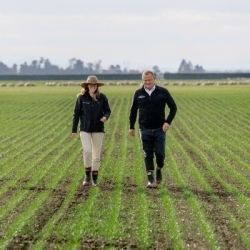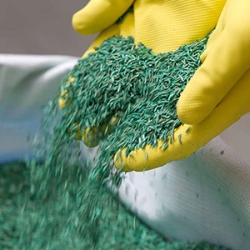FILTER:
Aphids
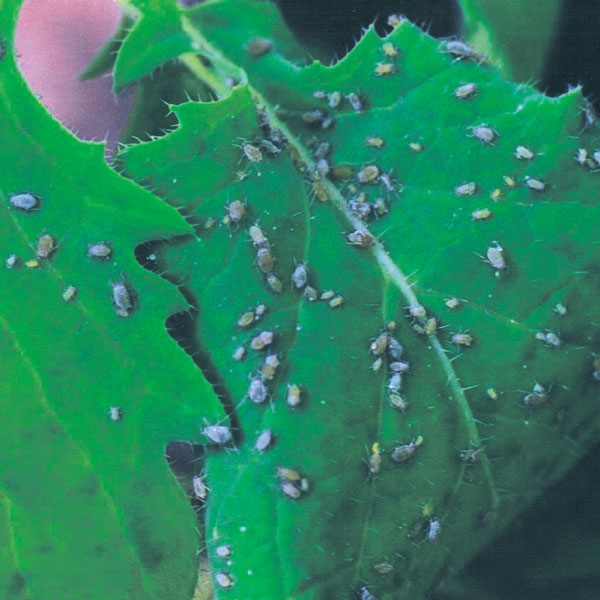
EFFECT
Aphids are a pest to all brassica types, and found throughout New Zealand.
Aphids feed on brassica plants by sucking plant juices, causing curling, wilting and distortion of leaves.
High populations of aphids can cause yield reduction and may also cause crops to become unpalatable to stock.
Aphids transmit a number of viruses, including turnip mosaic virus which can reduce yield and/or cause plant death.
CONTROL
Use of Ultrastrike® brassica seed treatment for seedling protection.
Use of Aphid tolerant varieties or species, including Raphno®.
Application of insecticide at early stages.
Recognise flight periods and control infestations early.
Argentine Stem Weevil
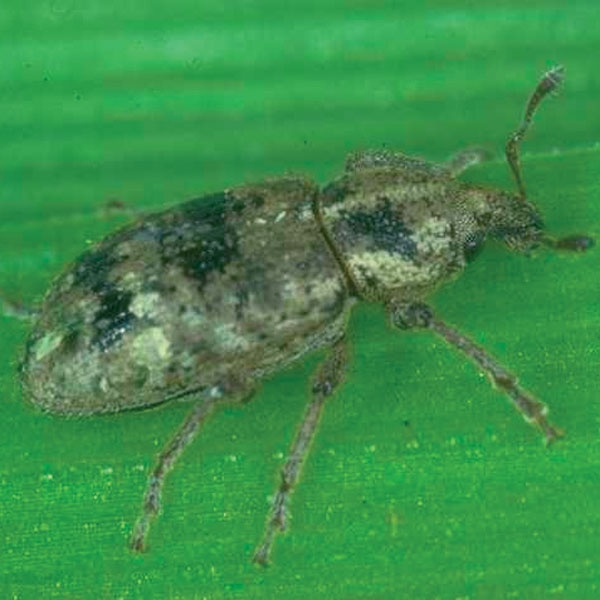
EFFECT
ASW is a common pasture pest that occasionally affects brassica seedlings throughout New Zealand.
Adult ASW damage is characterised by narrow rectangular holes in brassica seedlings.
Damage, particularly from adult feeding on emerging brassica crops.
CONTROL
Use of Ultrastrike® brassica seed treatment for seedling protection.
Cultivation to destroy larval weevil population.
Black Beetle

EFFECT
Black Beetle is a major pest in the northern North Island, with warmer years favouring
population growth.
Both adults and larvae damage pastures.
Adult feeding is noticeable in autumn when there are patches of yellowing tillers that are easily pulled from the pasture. They usually feed at the base of the plant at soil level.
Larvae feed on the roots of grasses over summer, causing pasture to become loose and prone to pulling.
If weeds or non-endophytic species invade the pasture sward, this provides a feed source for Black Beetle adults and allows them to lay eggs, increasing risk of larvae damage.
CONTROL
AR37 or MaxP® endophytes will deter adult Black Beetle, but not larvae.
Use of Superstrike® grass seed treatment to protect seedlings.
Use of summer forage crops (e.g. brassica or chicory) to break the life cycle.
Black Field Cricket
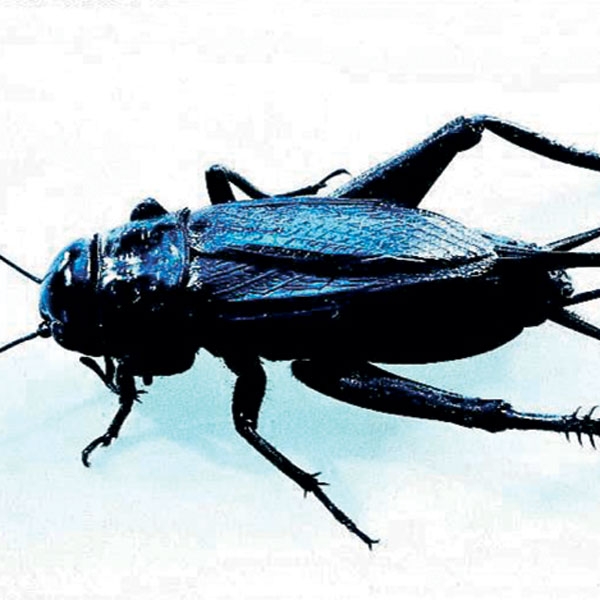
EFFECT
Black Field Cricket is found throughout the North Island and in milder coastal regions of the South Island.
In high populations they can cause significant pasture loss and damage.
Grass plants may be completely consumed down to the crown.
Seeds and seedlings can also be attacked and areas with heavy infestation may become totally devoid of vegetation.
Damage is most significant during long dry spells as plants are less tolerant.
In high numbers, crickets will compete with stock for pasture.
Ten crickets/m2 is considered economically damaging.
CONTROL
Cricket bait for Black Field Cricket control is recommended when populations exceed ten crickets per m2.
Insecticide application.
Use of a summer forage crop (brassica or chicory).
Black Rot
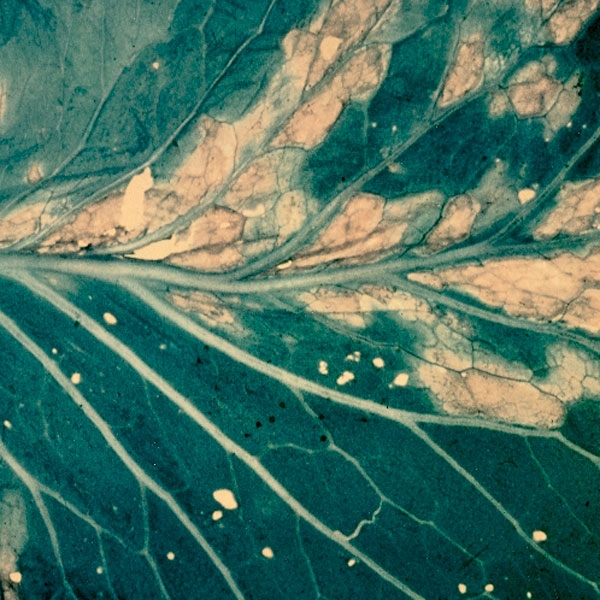
EFFECT
Bacterial infection (Xanthamonas campestris pv.campestris / X.campestris pv.armoraciae) that can survive in soil and spread via machinery, stock, flooding and occasionally seed.
Yellow/brown wilting of leaf margins that progresses towards the leaf centre. Eventually the vascular system in leaves and stem turns black from infection.
Leaf senescence and crop loss in severe cases.
CONTROL
Practice wide crop rotations to minimise infection from crop residues.
Planting high quality certified seed.
Clover - Leaf Spot, Blights & Blotches
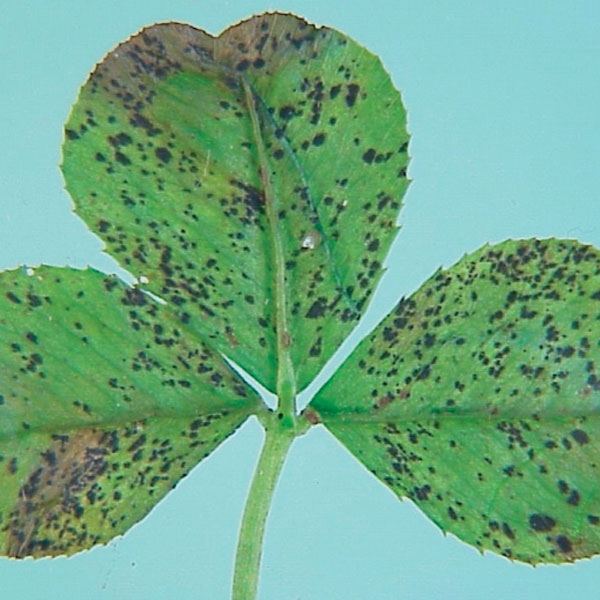
EFFECT
Forage quality may be affected by spotting and defoliation and this may have an effect on pasture yield.
CONTROL
- Timely grazing and harvesting
Clover Root Nematode

EFFECT
Clover Cyst Nematode, Root-knot Nematode and Lesion Nematode are all known to
affect white clover and possibly other clovers.
Nematodes are tiny soil-borne worms that attack clover roots in both established and establishing pasture.
As Nematodes attack the roots, symptoms are difficult to see and only apparent as reduced production or poor establishment of clover.
Poor establishment of recently sown areas.
In established paddocks, reduced plant growth and vigour along with reduced nitrogen fixation.
CONTROL
Use of Superstrike® clover seed treatment for seedling protection.
Application of nutrients, including phosphate and molybdenum, to increase clover growth.
Clover Viruses

EFFECT
Symptoms are not always obvious but may be more noticeable in spring and autumn growth. Symptoms may vary from leaf mottling, distortion, crinkling and size reduction through to plant stunting.
CONTROL
Use of tolerant or resistant cultivars where available.
Sowing cultivars well adapted to a region to reduce plant stress and virus susceptability.
Allowing new pastures to establish well before stocking or mowing.
Control of aphid infestations
Clubroot
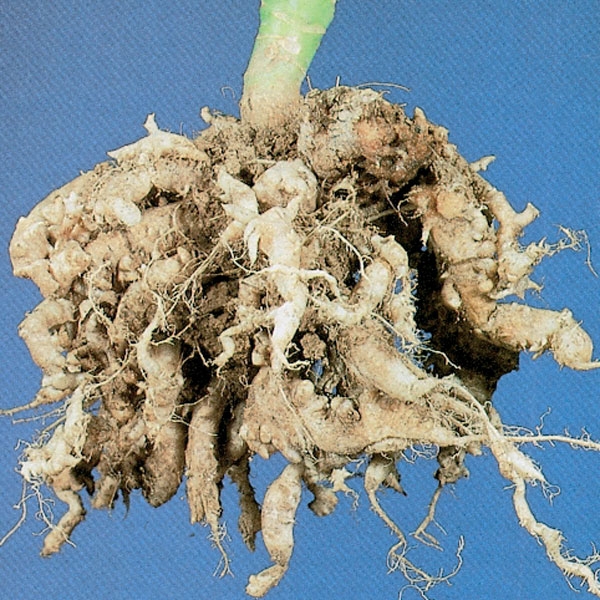
EFFECT
Soil-borne pathogen (Plasmodiophora brassicae) spread by machinery, stock, people and flooding.
Galls forming on roots/bulbs of brassica crops.
Plants appear stunted or wilted when galls reduce transport of nutrients and water to leaves.
One of the most economically damaging brassica diseases with severe infections reported
in Southland and Pukekohe.
CONTROL
Long crop rotations (5-7 years) and maintenance of high soil pH will limit build up in soils.
Use of species with higher clubroot tolerance (e.g. kale or Raphno®).
Remove soil and clean machinery between paddocks with infection history.
Damping Off
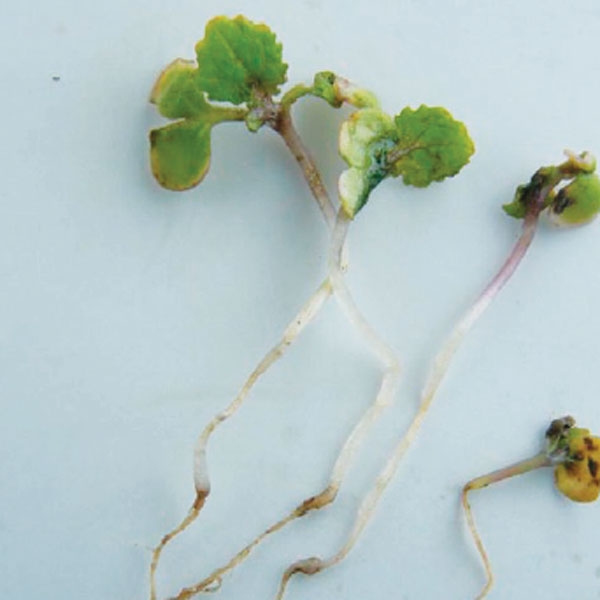
EFFECT
Fungal disease caused by Rhizotonia solani, Fusarium spp. or Pythium spp.
Typically soil-borne and more common in autumnsown situations where slower growth rates favour establishment of disease on seedlings.
Narrow constricted base to seedling stem that is often dark brown in colour.
During germination fungal diseases can rot seed resulting in ‘patchy’ field germination.
Reduced germination and increased seedling mortality.
CONTROL
Use of Ultrastrike® or Superstrike® brassica seed treatment to provide seedling protection.
Good seedbed preparation to allow rapid establishment.
Diamondback Moth
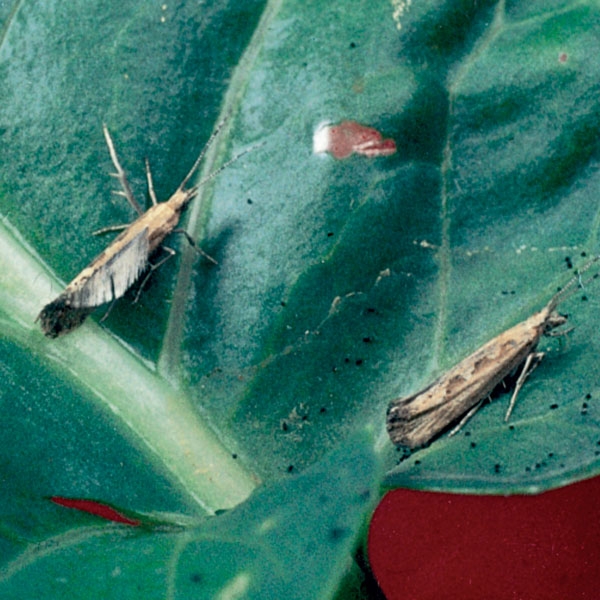
EFFECT
A pest of all brassica crops, Diamondback Moth can be found throughout New Zealand.
Caterpillars do the damage by feeding on leaves of brassica plants.
DBM caterpillars are typically found on the lower leaf surface, and feed on tissue causing small holes in the leaf.
They can be distinguished from White Butterfly caterpillars as they are comparatively smaller, and when touched they are extremely wriggly.
High populations can significantly reduce crop yield if left untreated.
Damage is often in conjunction with White Butterfly caterpillars.
CONTROL
Application of an appropriate insecticide.
Removal of old brassica plants which may act as a carryover host.
Dry Rot
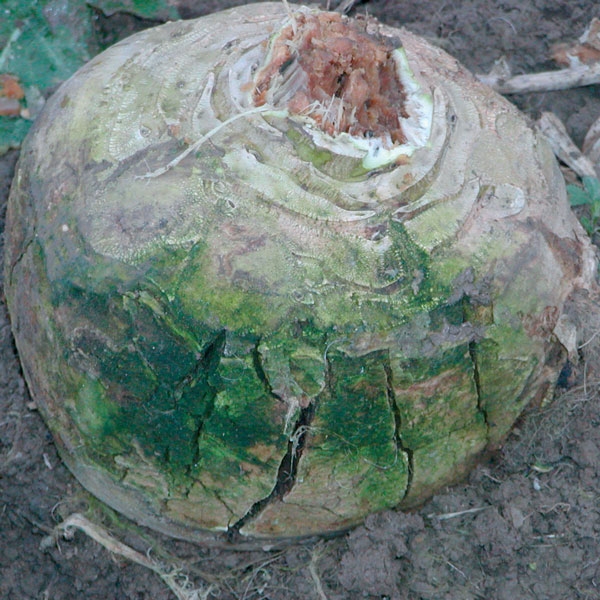
EFFECT
Fungal disease (Leptosphaeria maculans; asexual phase – Phoma lingam) initially spread by airborne spores originating from crop residues. Once established in crops, disease spreads via rain splashed spores.
Initial symptoms include pale brown leaf lesions dotted with small black spots (pycnidia) on the leaves and stem or bulb.
Infection then develops into brown cracked cankers that eventually collapse the bulb or stem.
Yield reductions, reduced palatability of crops and severe crop loss in some instances.
CONTROL
Selection of cultivars with improved resistance (e.g. Clutha Gold) or less susceptible species
(e.g. kale).
Cultivation (deep ploughing) that buries crop residuals before any second year crop.
Do not plant second year crops in paddocks with dry rot problems in first year.
Grass - Leaf Spot, Blights & Blotches

EFFECT
Localised damage to ryegrass pastures throughout new Zealand. Disease causes loss of green leaf, reducing forage value and dry matter production.
CONTROL
If disease is noted as increasing, graze or cut to stop infection build-up
Fungicide (Strobilurin) application
Grass Grub
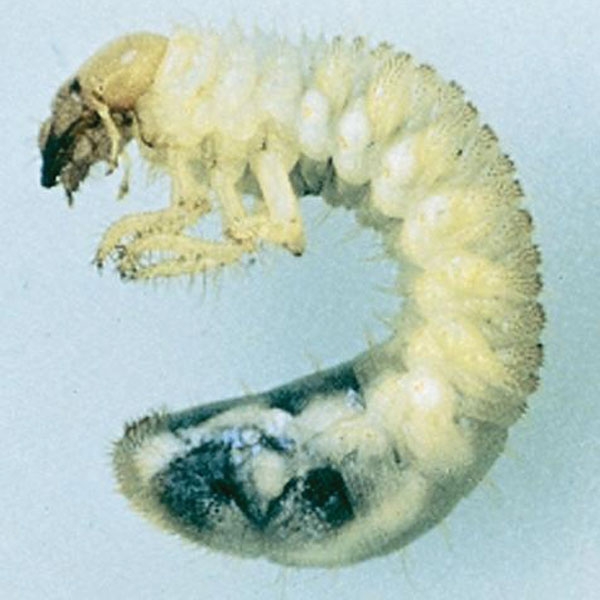
EFFECT
Grass Grubs are found throughout New Zealand and can cause severe damage to brassica crops.
Grass Grub larvae feed on the roots of a range of plants. Plants will wilt and may eventually die due to the roots being eaten away.
Reduced seedling emergence and plant loss.
CONTROL
Cultivation in spring prior to sowing brassica crop.
Sowing crop with granular insecticide.
Heavy grazing.
Greasy Cutworm
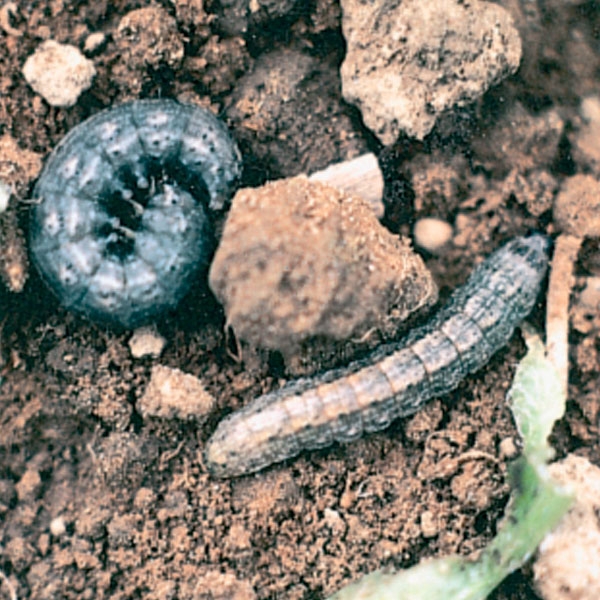
EFFECT
Found throughout New Zealand, and although it is usually considered a minor pest, some years it can have significant impacts on establishing crops.
Caterpillars are the most damaging and feed by cutting the seedlings off at the base of the stem, and dragging them under the soil surface.
During windy periods, the eggs tend to be laid on the leeward side of shelter. Damage will therefore be most obvious in those areas initially.
Poor crop establishment or crop loss.
CONTROL
Good seed bed cultivation and compaction.
Application of an appropriate insecticide as soon as damage is recognised.
Leaf Miner

EFFECT
Leaf Miner is a pest to brassicas and is found throughout New Zealand. The Leaf Miner
fly lays larvae which causes the damage to plants.
Leaf Miner flies will lay eggs on plant tissue, then larvae that hatch will damage plants by mining tunnels throughout the leaves of brassica plants, feeding on the green tissue
in the leaf.
Leaf Miner larvae can be identified by holding the affected leaf up to the sun.
It can effect both young and mature plants.
If left uncontrolled, large populations of Leaf Miner can decimate brassica leaves and limit crop yield, and overall feed quality in the leaf.
CONTROL
Early identification and spray with the appropriate insecticide.
Removal of alternative hosts, such as fathen and sow thistle, to prevent build-up of numbers.
Pasture Mealy Bug

EFFECT
A pasture pest mainly found in the Canterbury, Manawatu and Nelson regions.
Most damage is a direct result of feeding, so only high populations are important. Infestation can be recognised from the surrounding white waxy substance found in the crown of the plant.
Pasture Mealy Bugs are approximately 2 mm long and pale pink/white compared to Root Aphids, which are yellow/white and smaller.
Reduced pasture persistence.
CONTROL
Use of grasses with standard, AR1, AR37 or MaxP® endophytes.
Pepper Spot

EFFECT
Leaves and petioles develop numerous, small discrete spots. Leaves turn brown, appear scorched and drop. A common disease of clover in wet areas from mid-summer.
CONTROL
Timely grazing and harvesting
Chemical control
Porina

EFFECT
Porina moths fly during spring and early summer, while caterpillars and their subsequent
damage will be most noticeable from April through to September.
Porina are grazers and will reduce the amount of foliage available to stock. At higher populations, they can destroy establishing plants and reduce long-term pasture quality and production.
Caterpillars are the most damaging part of the lifecycle. Caterpillars build vertical tunnels into the soil and emerge at night to feed on pasture plants. Bare patches appear in the sward and the incidence of flat weeds may increase. Fine casts of dirt usually appear on the soil surface.
CONTROL
Use grasses with AR37 endophyte.
Regular pasture monitoring.
Mob stocking of pastures to avoid poor quality pasture and build-up of debris.
Insecticide application.
Heavy stocking or rolling to squash larvae.
Ring Spot
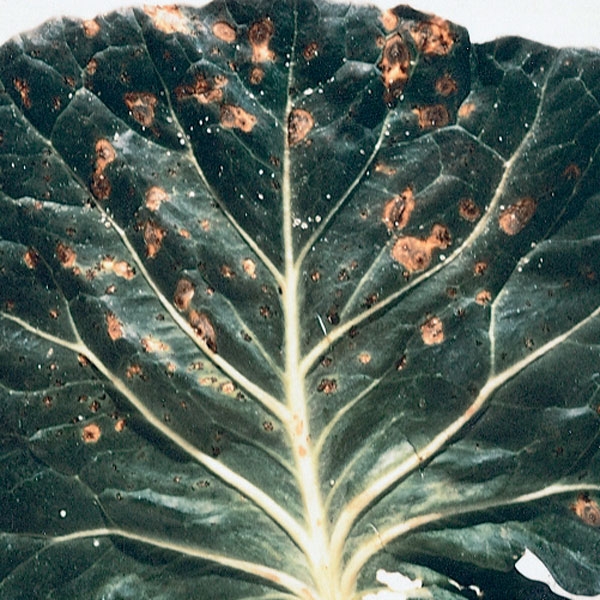
EFFECT
Fungal disease (Mycosphaerella brassicicola) that overwinters in crop residues followed by
production of airborne spores.
Lesions start as small dark spots on leaves/stem that develop in size forming a dark ring shape.
Leaf senescence.
CONTROL
Clean crop rotations and placing crops away from paddocks where this disease has been identified in previous seasons.
Rust

EFFECT
Rust infected plants are less vigorous and smaller than those without the disease so there are reduced yields as well as a reduction in palatability and nutritional quality.
CONTROL
Use of resistant/tolerant cultivars
Close grazing at high stocking rates over summer
Applications of nitrogen fertiliser
Slugs
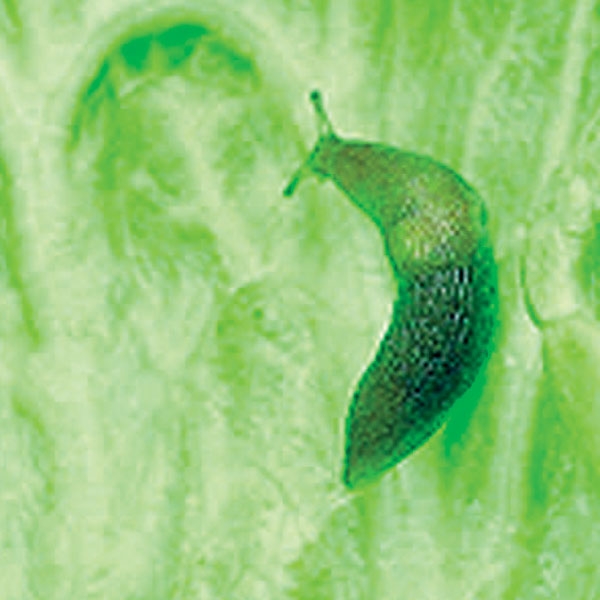
EFFECT
A very common and significant pest in all crops.
Slugs are present all year round but are most damaging in spring and autumn.
Direct drilled crops are typically most at risk as the thatch and direct drill slits provide food and a refuge for slugs.
Slugs will feed on germinating seedlings.
High populations can be devastating to crop establishment.
CONTROL
Always use slug bait in direct drill situation.
Closely monitor ALL crops for slug presence during establishment, and treat accordingly.
Springtail
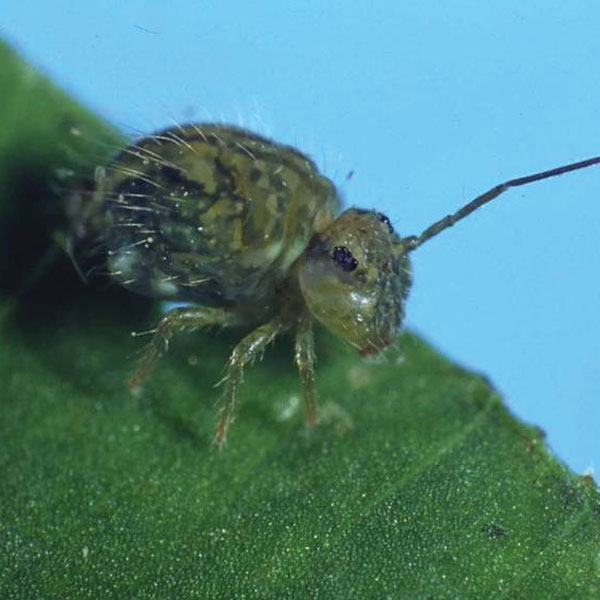
EFFECT
A common pest throughout New Zealand, causing damage to germinating and newly emerged seedlings.
Can be identified by tapping the ground around a sheet of white A4 paper and observing the jumping of pin head sized insects.
Damage can be identified as small pin-prick sized holes in emerging brassica cotyledons.
In high populations, springtail can cause damage to seedlings before they even emerge from the soil.
Poor establishment or crop loss.
CONTROL
Use of Ultrastrike® or Superstrike® brassica seed treatment for seedling protection.
When establishing forage brassica out of old pasture, it is strongly recommended to apply an appropriate contact insecticide before or after sowing to reduce the adult population.
Wheat Bug (Nysius)

EFFECT
A common pest throughout New Zealand that is more common in warm and dry areas.
It can be very damaging to germinating brassica crops if left untreated.
Nysius damages plants by feeding around the base of the stem creating a “ring bark” effect.
This damage may kill the plant, or make them susceptible to damage from wind or stock movement.
The damage may also provide an entry point for brassica diseases.
CONTROL
Ultrastrike® brassica seed treatment helps protect seedlings.
Apply an appropriate insecticide before or after sowing.
White Butterfly
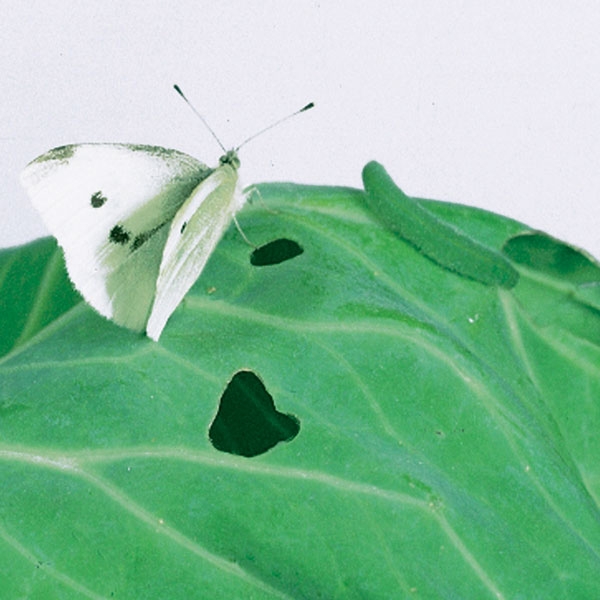
EFFECT
White Butterfly are found throughout New Zealand and are a common pest to all brassica crops.
The White Butterfly caterpillar feeds on all brassica crops.
White Butterfly caterpillar consume leaf tissue, and tend to eat around the leaf vein leaving a skeleton leaf in severe cases.
In comparison to DBM, they are larger and more docile when touched.
High populations can significantly reduce crop yield if left untreated.
Damage is often in conjunction with DBM.
CONTROL
Application of an appropriate insecticide.
White Fringed Weevil

EFFECT
Relatively minor pest in pasture and crops. It can be found throughout the North Island and much of the South Island.
Adults feed on leaves of broadleaf plants, leaving notches in the foliage.
Larvae feed on the roots of many plants and are the most damaging.
Larval feeding will damage roots which weakens the plants and can cause wilting and eventually plant death.
CONTROL
Thorough cultivation should be carried out through late spring and summer prior to sowing in infested areas. Clean fallow reduces numbers.


